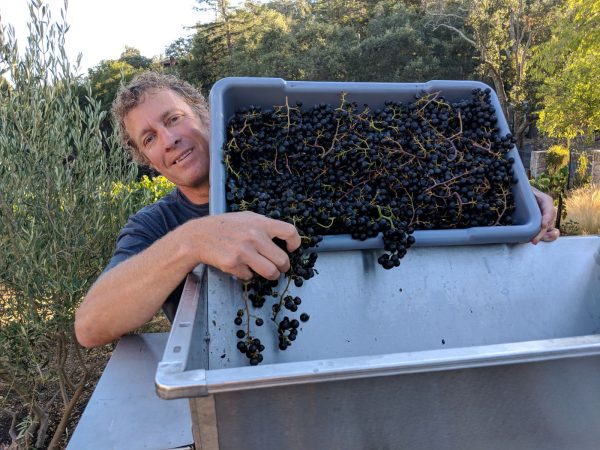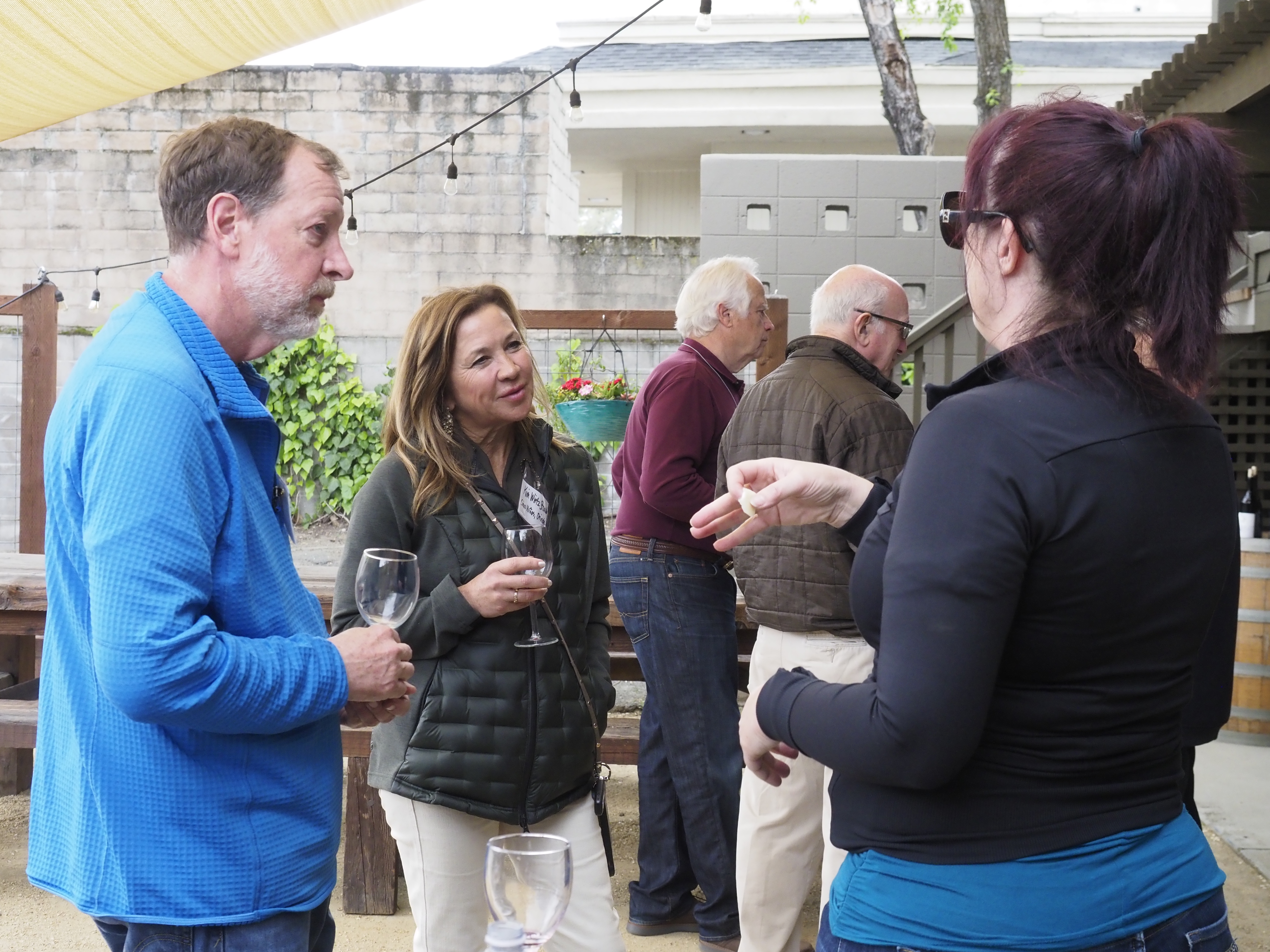Hello everyone and Happy Holidays and New Year!
And what a year it was. So many challenges and so much positive energy into overcoming all these challenges. Overall, I had received many compliments from our members for our efforts to stay relevant in these trying times. Behind the scenes, and mostly behind the computer monitors, (Zoom) the board has been actively working hard to plan events and activities for our group. I hope you have taken advantage of everything put forward.
It was great to see our first issue of the newsletter as a source of information and activities of interest. I hope you will enjoy what has been put together for you.
Next year, we are going to create a different format for our General Meetings. We plan to emphasize the social aspect of the meetings, with brief administrative topics as necessity requires and will be creating break out sessions for those who are interested in a deep dive into a topic of choice, at a later designated date. Things like vineyard management, winemaking, etc. will be announced in advance for those that are interested.
I would like to thank all of you who have responded to my call for the harvest information of 2021. It’s great to see how we’re all doing.
2021 has had an overall LWGA yield of 66,363 pounds of grapes! This translates to about 22,000 bottles of wine! The breakdown as follows:
Cabernet S. 18,147 # ; Sauvignon Blanc 1,000 #
Merlot 2,752 # ; Cab Franc 573 #
Pinot Noir 8,835 # ; Tempranillo 953 #
Petite Sirah 8,024 # ; Sangiovese 2,700 #
Chardonnay 5,498 # ; Petit Verdot 1,499 #
Syrah 7,944 # ; Zinfandel 2,200 #
Malbec 1,100 # ; Grenache 1,908 #
Mourvedre 330 # ; Cinsault 290 #
Carignana 310 # ; Cab Franc 100 #
Wow! What a spread of varietals! Should lead to some great wine tastings! And, I would like to remind you that we should submit our wines in for a tasting competition! We are listing them on our website. We’re making great wines and we should have it judged and I’m sure you would be surprised at how well we can do! If you have not yet submitted your harvest information to me, please do so to: 5powderhounds@gmail.com
A quick note about the Board elections. Please be sure to cast a ballot. We depend on your input for what we do and really appreciate your involvement! Please vote.
So let’s start 2022 with real enthusiasm! We have a lot to be thankful for and let’s make the most of it!
Respectfully submitted
Daniel Howsepian
LWGA President





